Survival of the fittest – help your seedlings survive the heat
It’s a very satisfying sight –you’ve just planted out a bed full of healthy, vital seedlings, beautiful and full of potential. You can already taste the delicious, crunchy salad greens! Then, after one hot and sunny day, you discover your young plants sick, wilted, dehydrated or just plain dead. I don’t think I’m alone in having sometimes not provided optimum care for my vege, flower and herb seedlings. Luckily, there are strategies you can use to help your seedlings survive transplant shock and summer heat.
Seedling Survival Strategies
Ways to reduce transplant shock and beat the heat include:
- Soak the seedlings for 24 hours prior to transplanting in a weak seaweed solution, such as Natrakelp.
- Water the hole before planting, let the water drain away then water the seedling after planting. Spray seedlings morning and evening to keep the area moist and raise the humidity. Many seedlings need watering twice a day for at least a week to help them become established.
- Always transplant late in the afternoon.
- Cover seedlings with upturned pots or shadecloth in the hottest part of the day. Covering seed rows with shadecloth or a Vege Net also improves germination.
- Plant the seedlings to the correct depth – it’s important that the planting hole is not too shallow.
With a little planning and some simple preventative measures, you can avoid the disappointing waste of time and money that is perished seedlings.
Tags: seed propagation, transplanting, vegetables
Posted in Organic Gardening
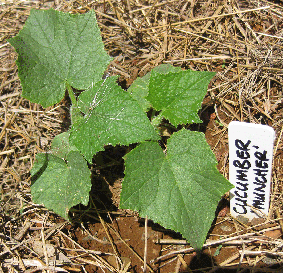
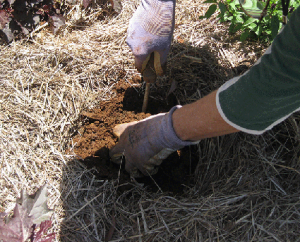
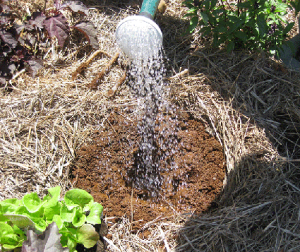
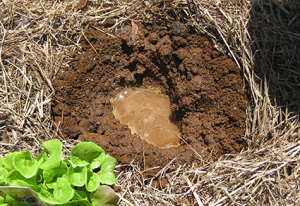

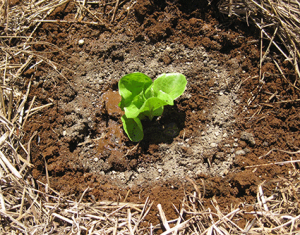
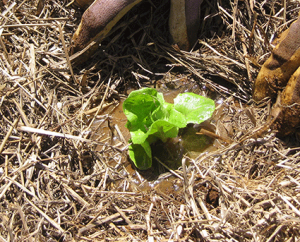
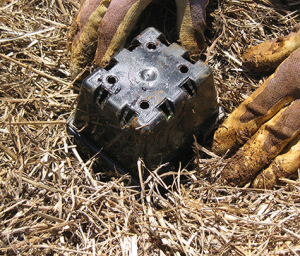
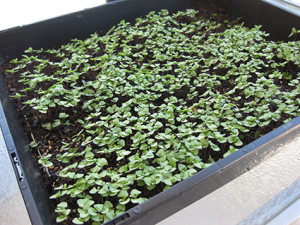




Great tips for summer planting!
Seaweed fertilizer contains a good balance of plant hormones, which, just as in humans, are needed for the healthy development of plants. The plant hormones found in kelp (one of the main seaweeds used in fertilizer) help to regulate proper germination and also standardize the healthy development of a plant right from stem formation to leaf growth, flowering and ripening of fruit. Seeds can be soaked in a seaweed fertilizer solution to increase germination rates and the long-term health of the plant.